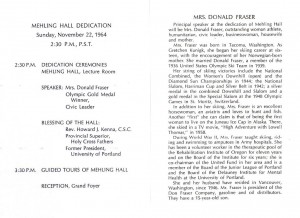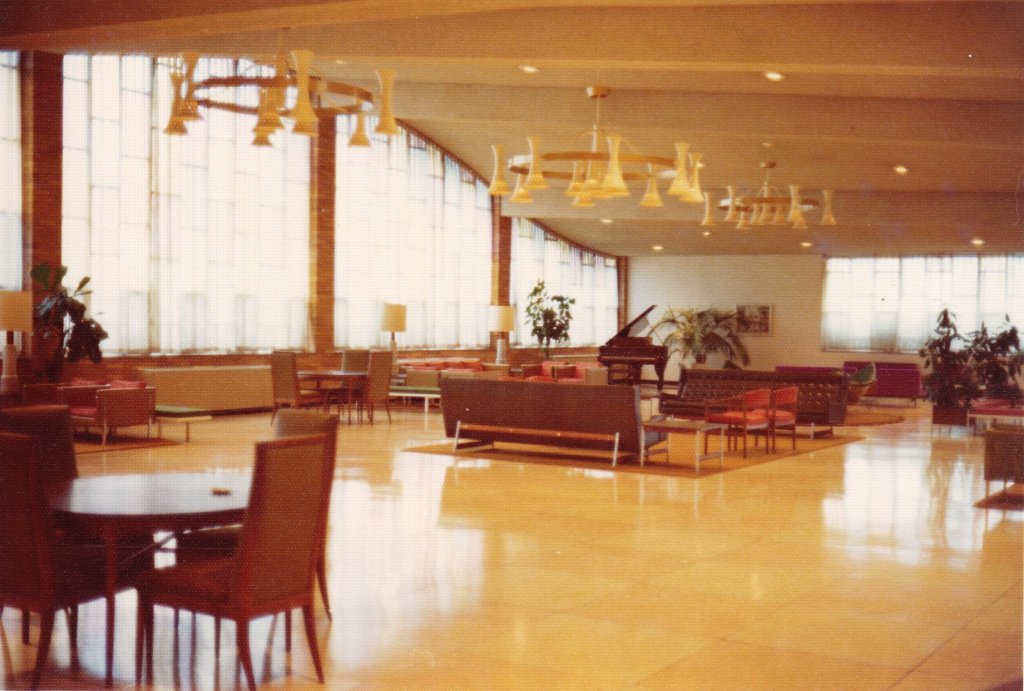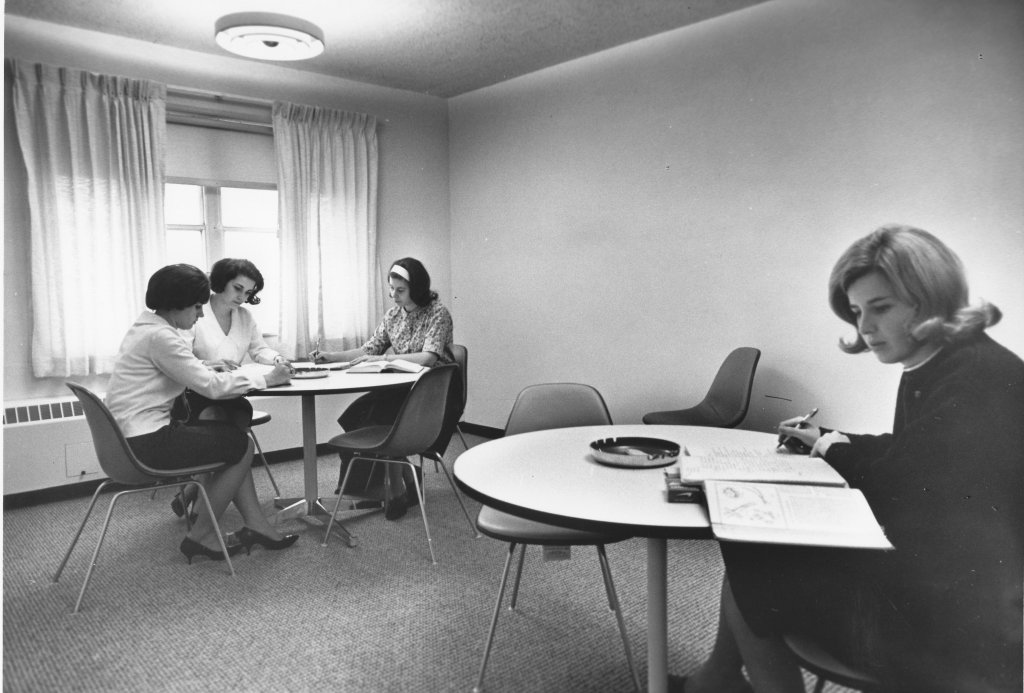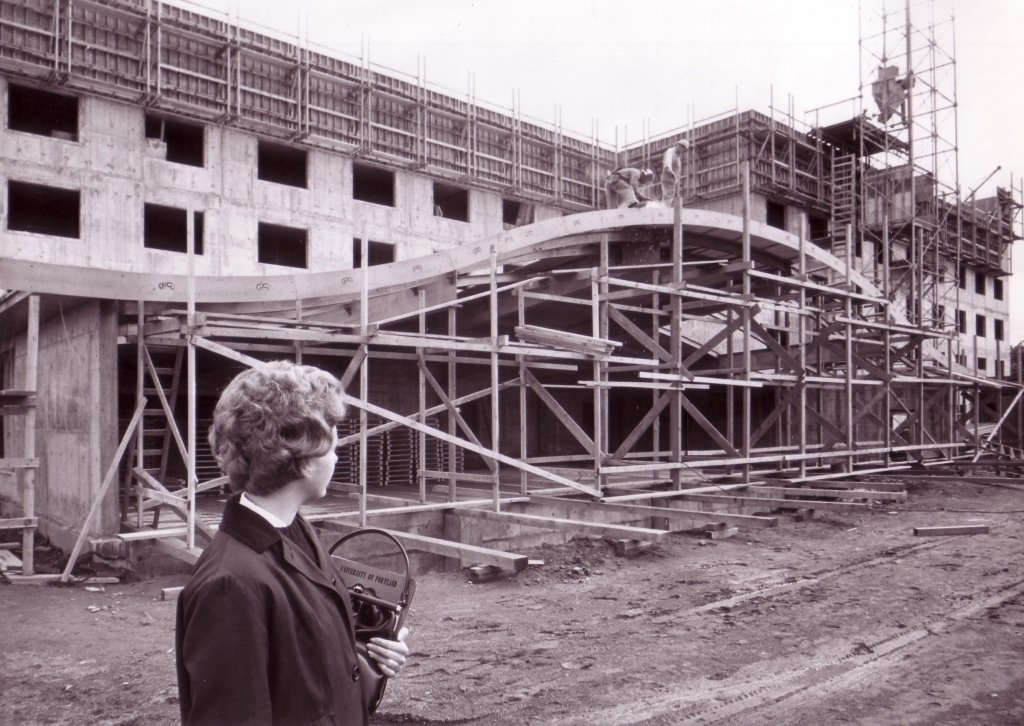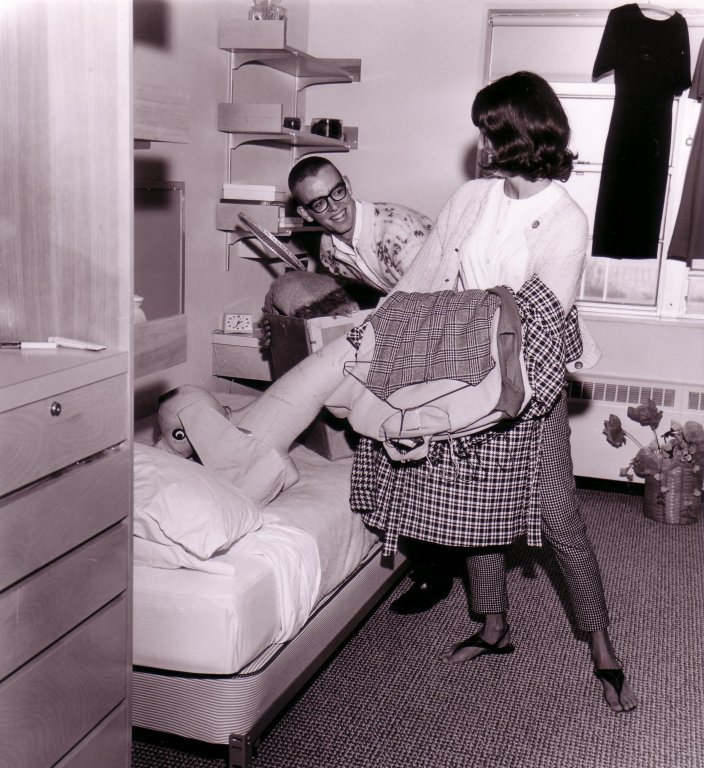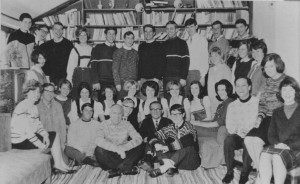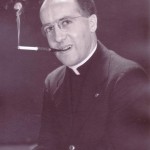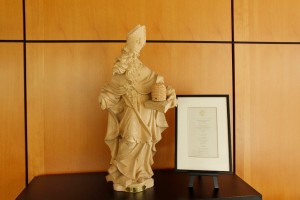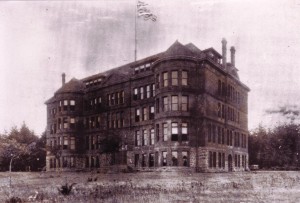In the Winter 1982 issue of the alumni bulletin there is a small promotional announcement: “A new U-Portland tie has been designed and is now available to alumni and friends in the campus bookstore.” The tie is a stately navy blue, bearing the University crest, selling for a modest $9.95 — plus shipping and handling for mailing orders! That first University of Portland tie was designed by Dr. James Covert, Professor of History and energetic herald of institutional Pilot-hood through his authorship of A Point of Pride, the authorized 75th anniversary history of the University of Portland.
Classing up residence hall life today in 2014, the men of Schoenfeldt Hall – Scholars, Leaders, Bothers – are coming forward with fashionable frame and masculine sinew to champion personal pride and smart-appearance with the Schoenfeldt Bro-Tie. Established in 2009, Padre residents strive to bring class to their class sessions, and so while eyes and shoulders may droop from weary toil by the end of the week, on Fridays the Schoenfeldt men’s outward appearance contrives to be spruce and bright as they head to classes (see top of page). Behold how bow-tie and sweater-vests approximate outward signs of inner character!
Included in our slideshows below are images from the first weeks of the semester. The smiling faces and easy comraderie also bring to mind an even older UP tradition – the much less stylish freshmen beanies. (The 1969 LOG documents the last evidence of the practice; a selection of “preserved” canvas beanies is on display in the University Museum.) In a practice dating back to the early 1950s, all UP freshmen – women and men – were required to retain their beanie head-wear from the beginning of term until the Sophomore-Freshmen tug-of-war in early October. The Schoenfeldt bow-tie is advertised as sophisticated and stylish, completely voluntary; cool — and not at all socially awkward. As the legendary Padre, Fr. Art Schoenfeldt, C.S.C., often said, Brotherhood, like family, is when no one else will have you!
Current Schoenfeldt student photos, courtesy Brock Vasconcellos, Assistant Hall Director; historical photos from the Log, courtesy University Archives and Museum
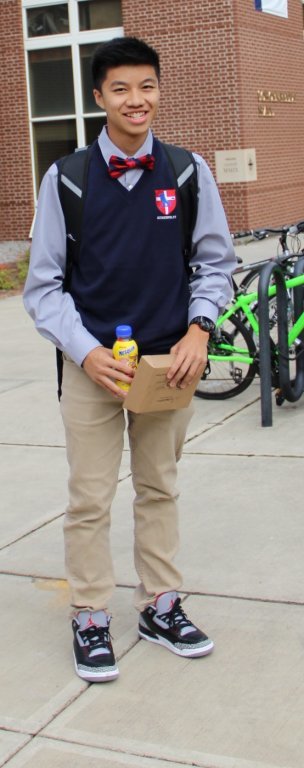

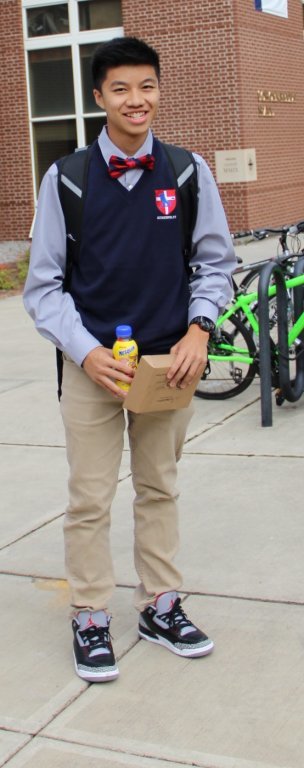


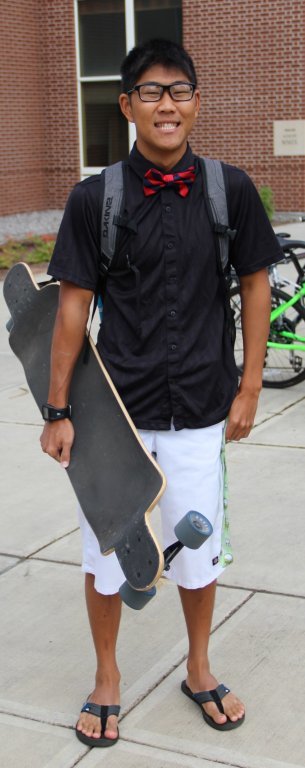




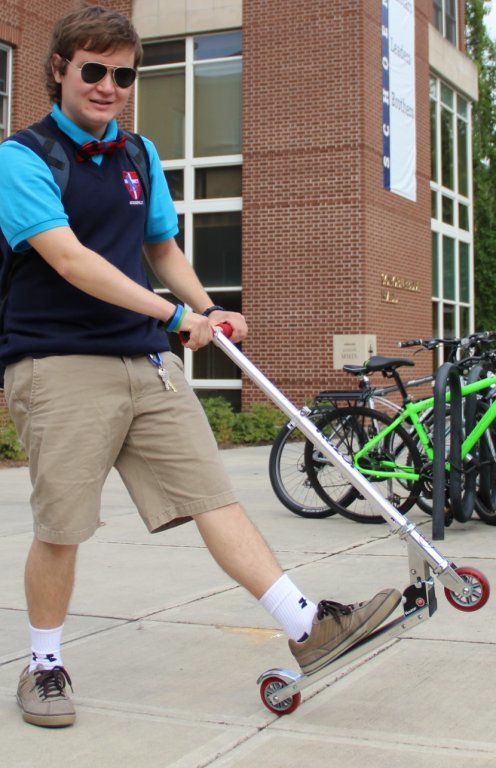


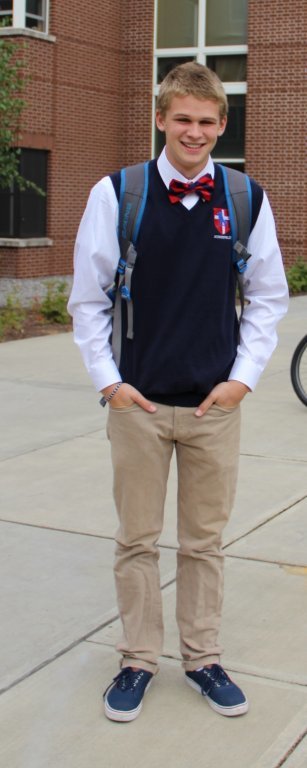
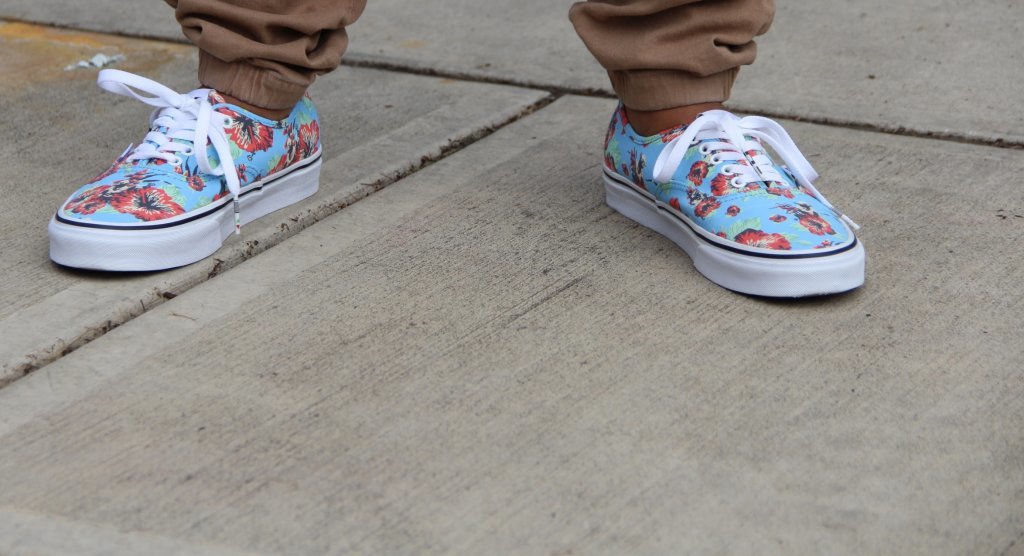



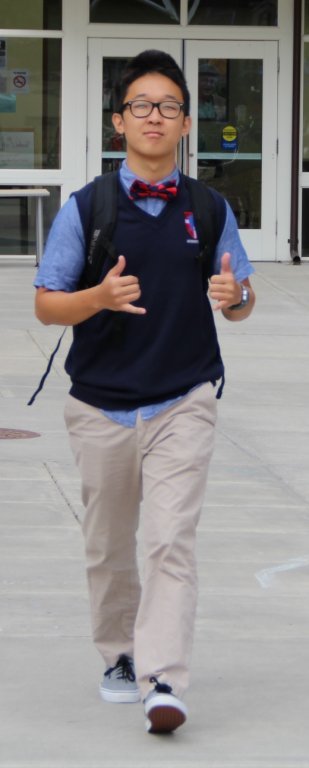

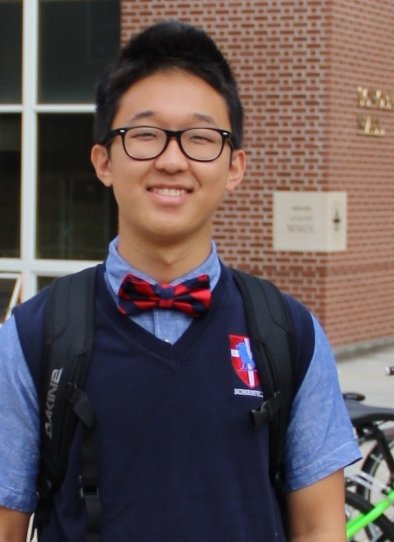


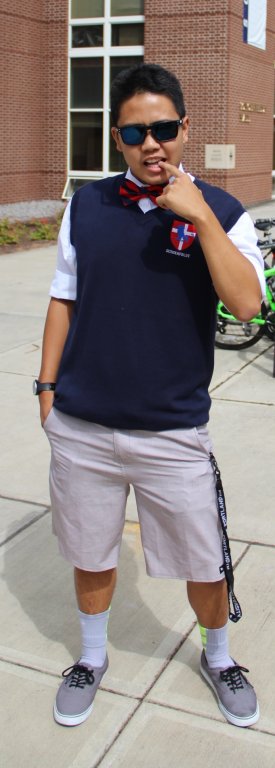

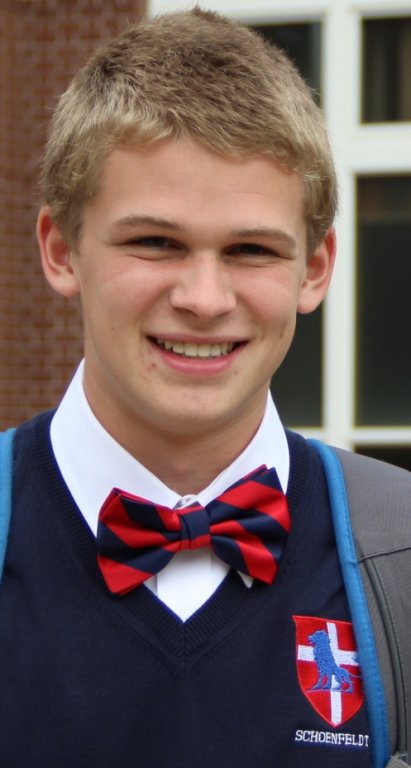

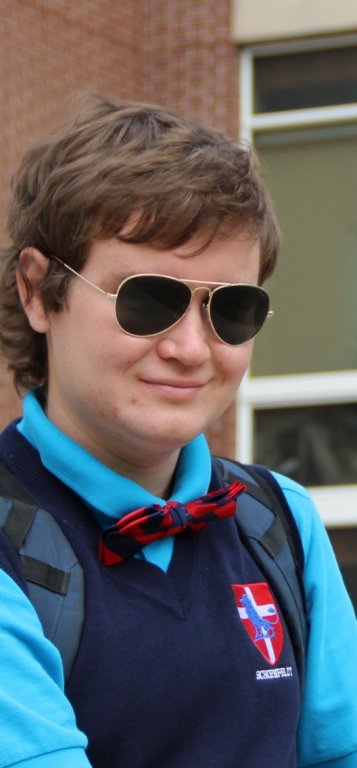
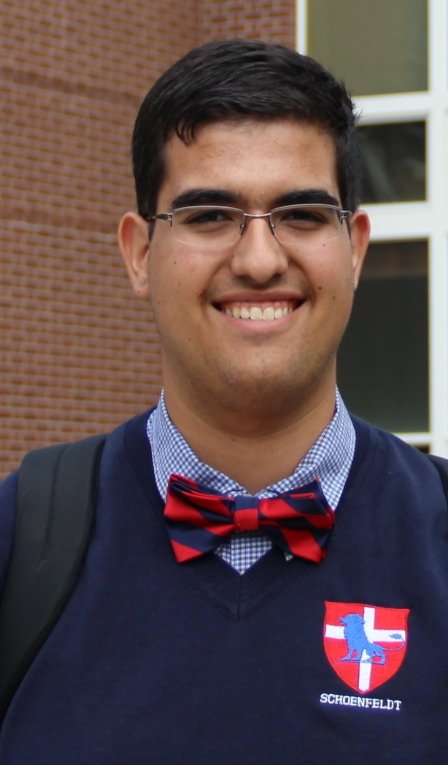



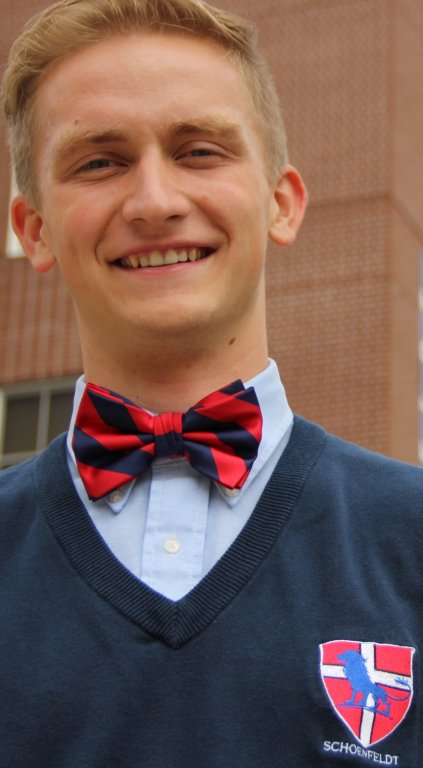

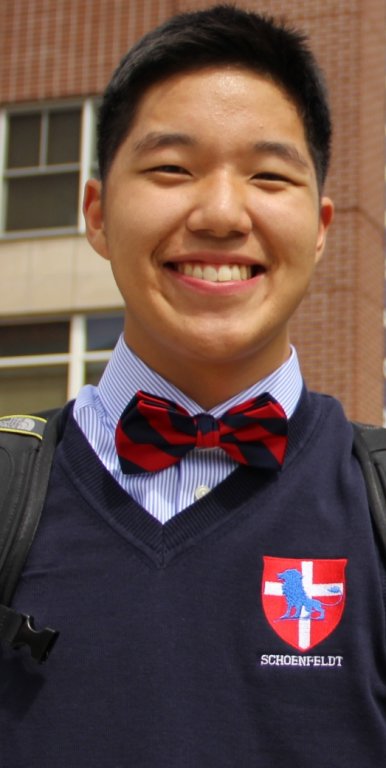

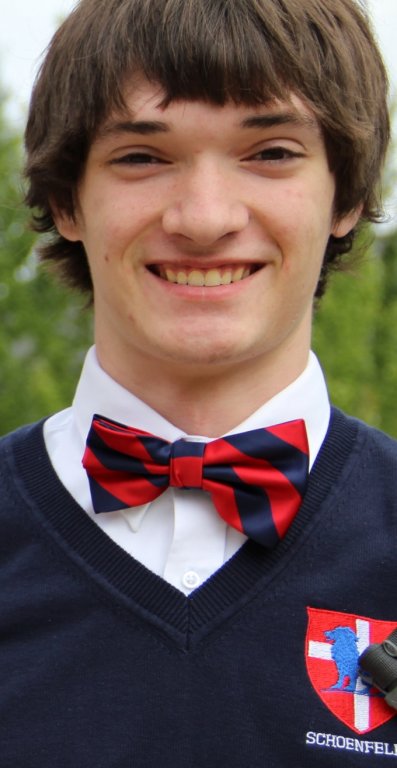
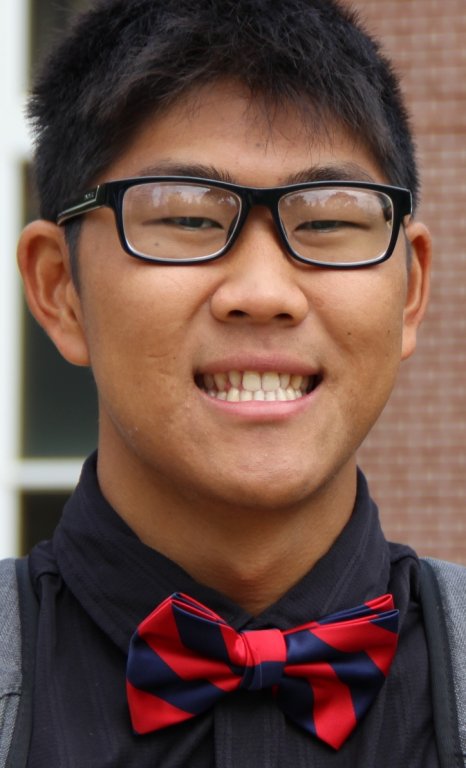
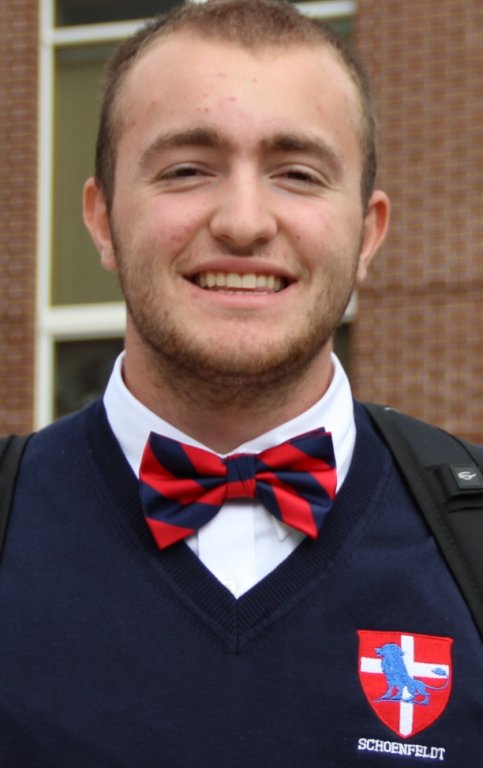

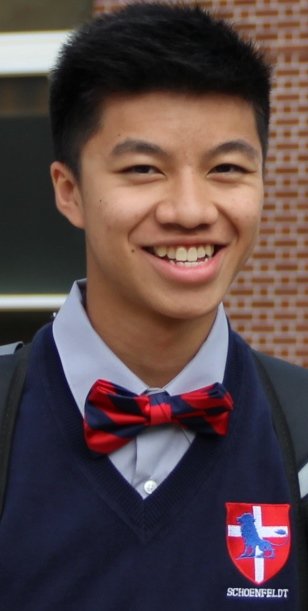

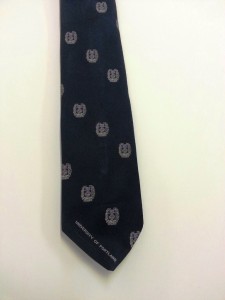





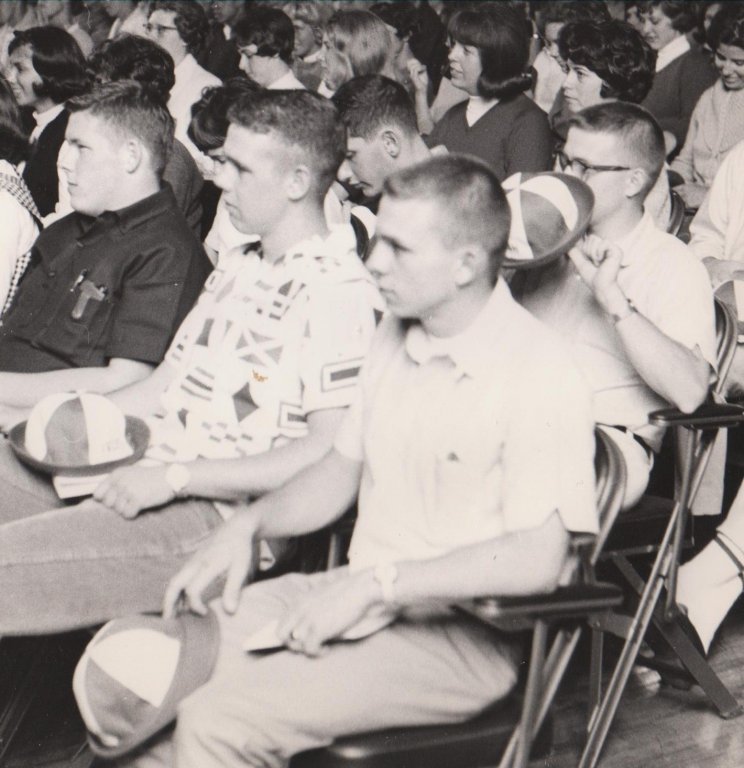

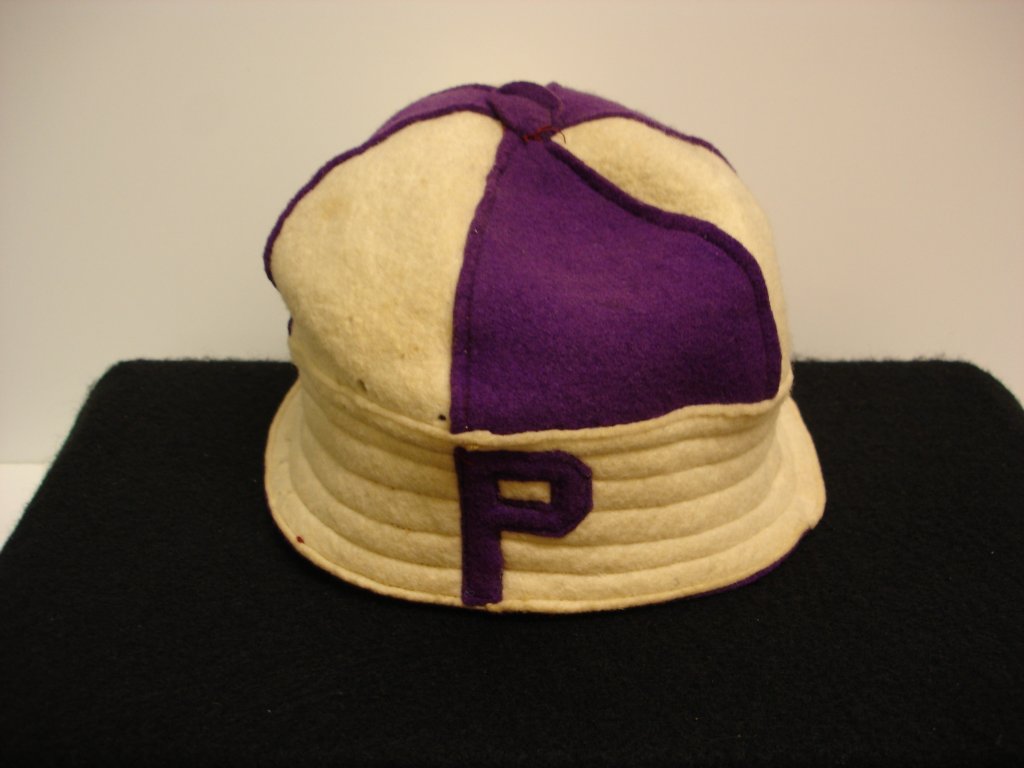
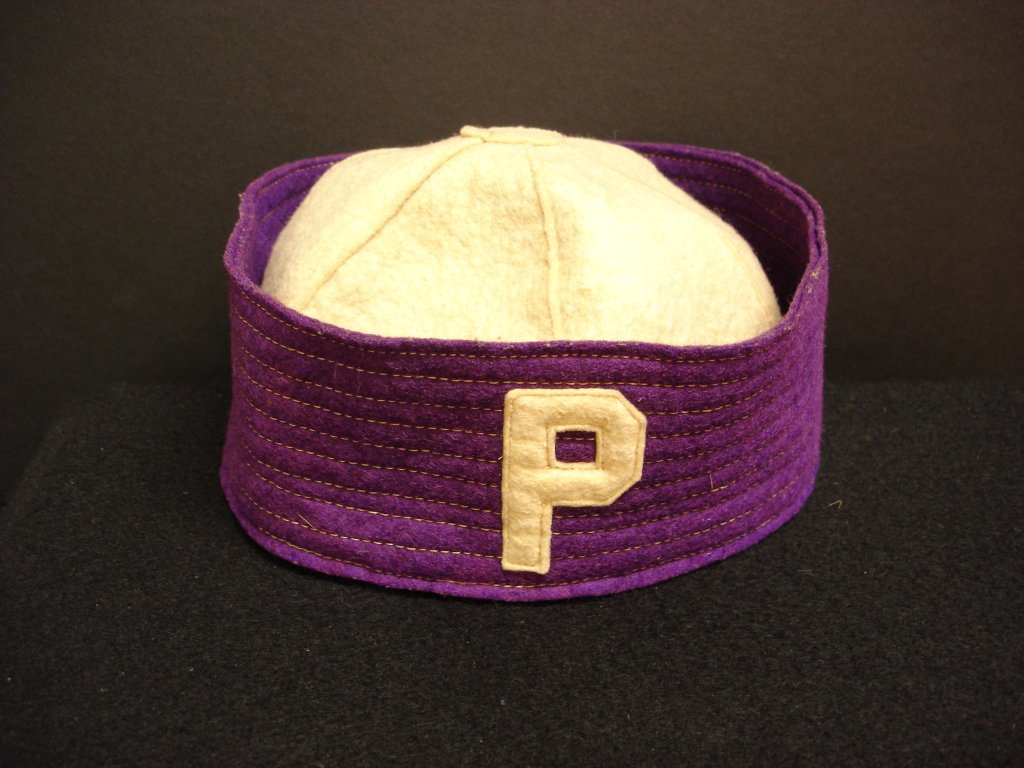







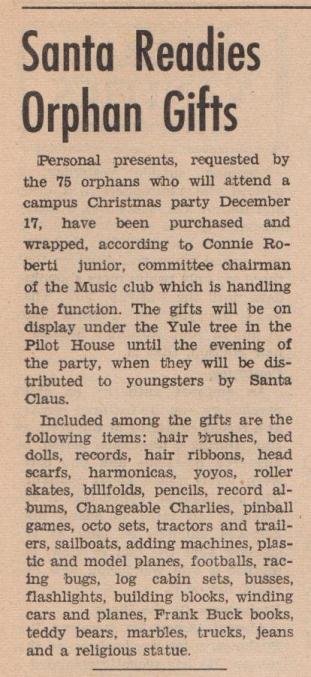
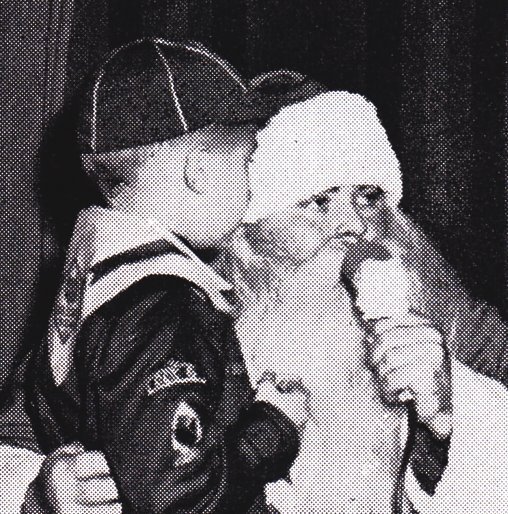


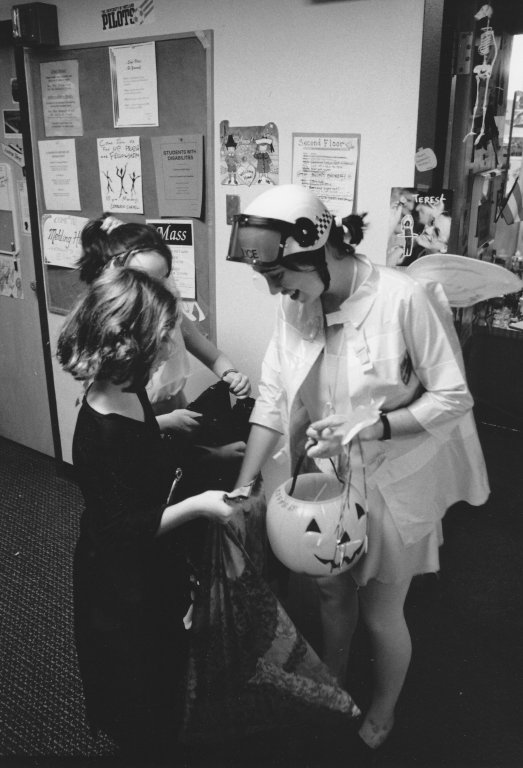
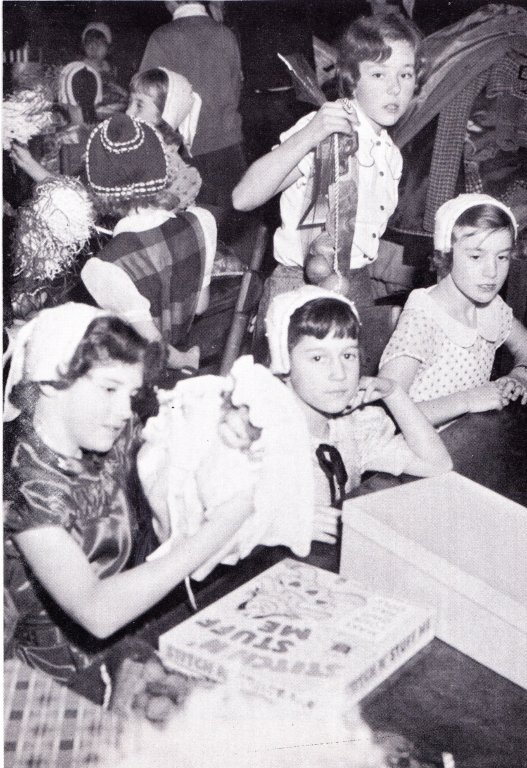
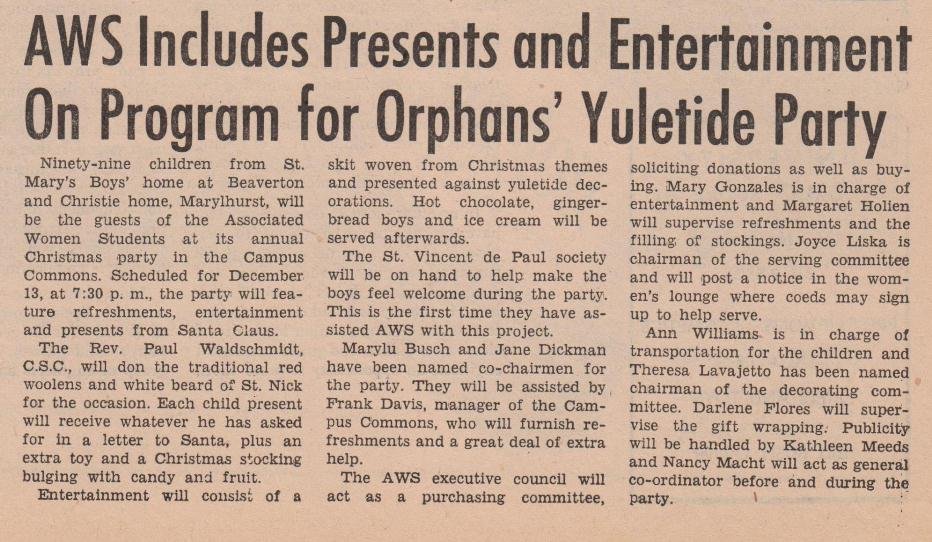


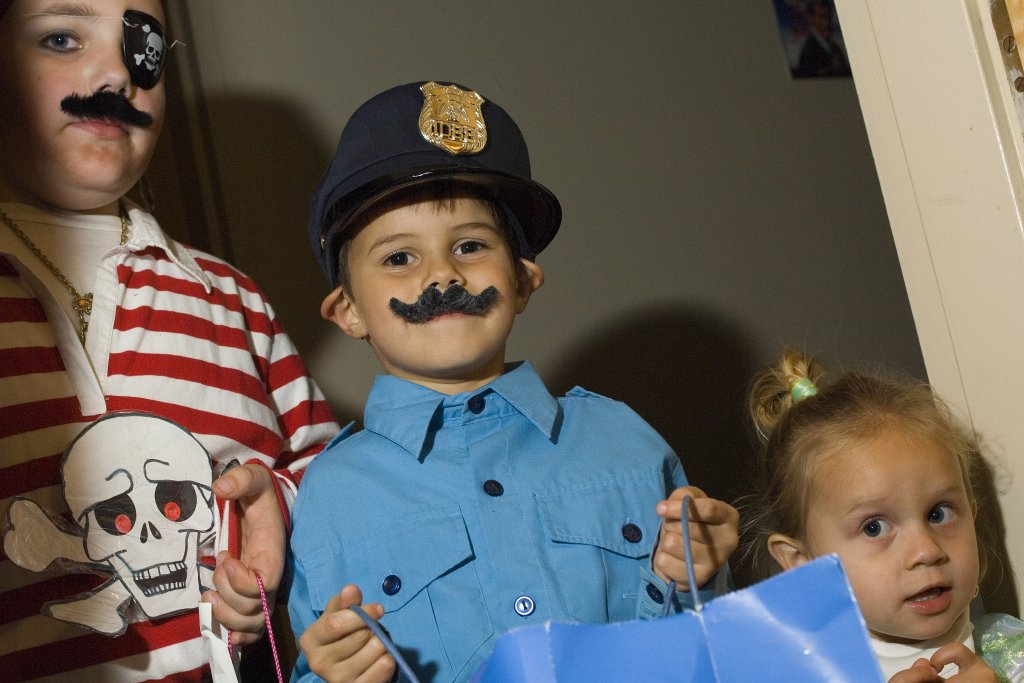


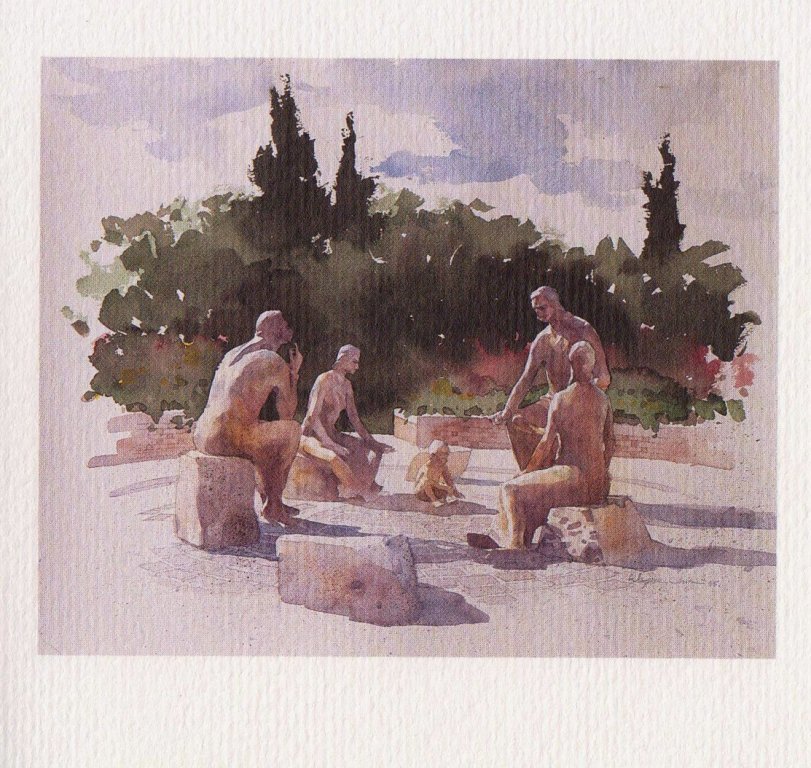
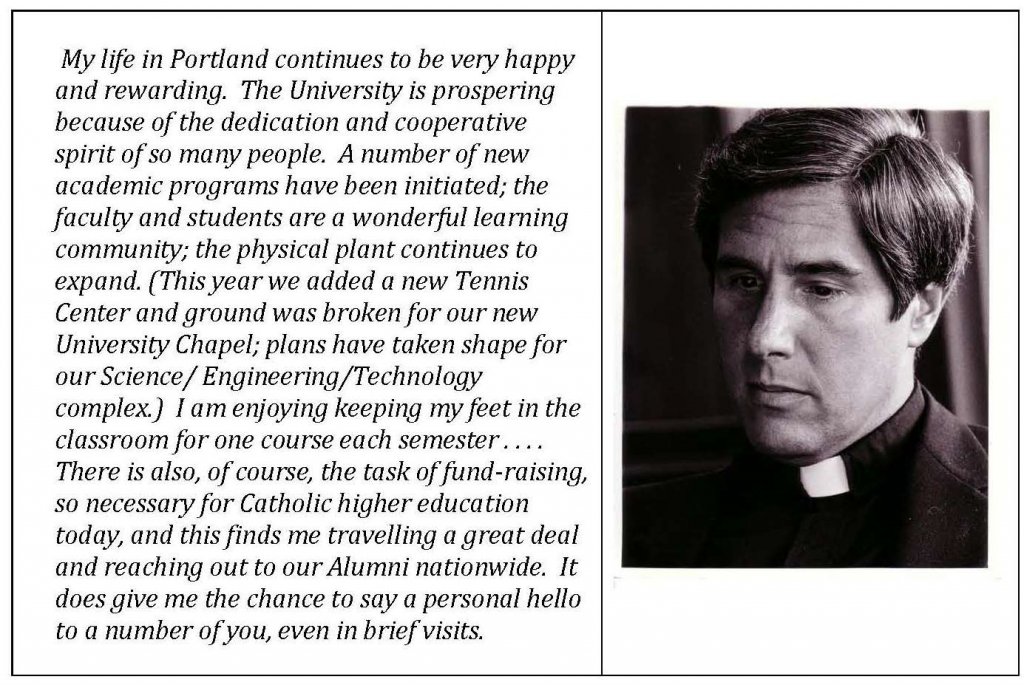
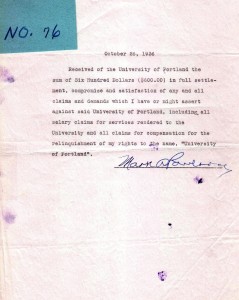
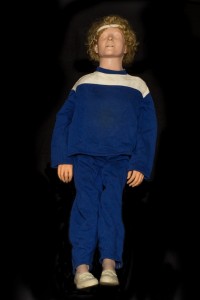
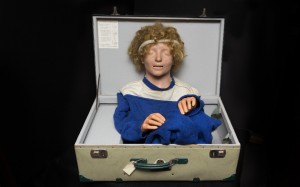
 The Fifteenth president of the University of Portland was the first to be Inaugurated at a faculty convocation. Following the experiment, Fr. Paul Waldschmidt offered these words of thanks to the University community:
The Fifteenth president of the University of Portland was the first to be Inaugurated at a faculty convocation. Following the experiment, Fr. Paul Waldschmidt offered these words of thanks to the University community: I am most excited . . . about the invitation and honor which you are holding before me today. I can accept them only because I have found here a community that will never let me do the task alone.
I am most excited . . . about the invitation and honor which you are holding before me today. I can accept them only because I have found here a community that will never let me do the task alone.
